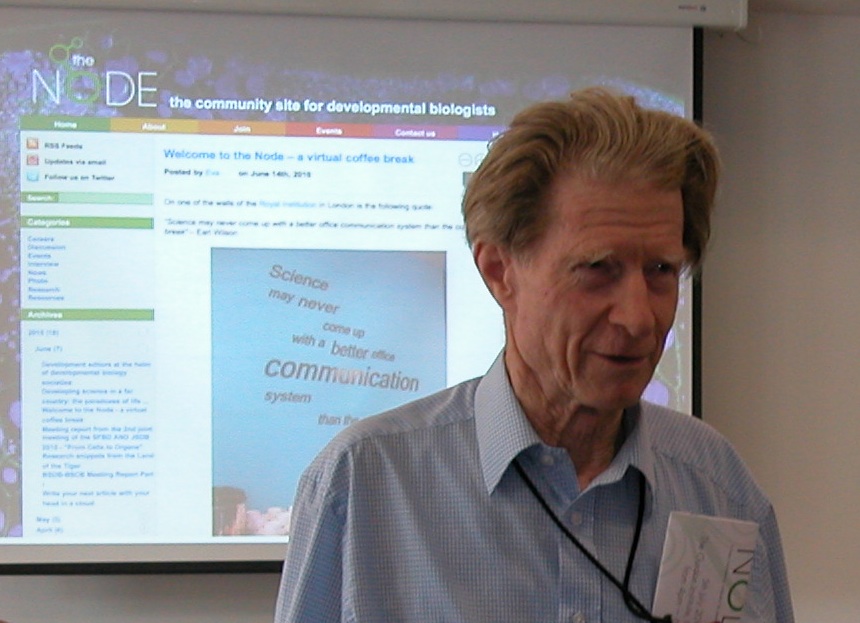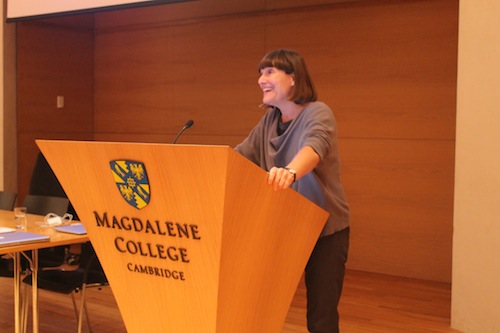This month on the Node – October 2012
Posted by the Node, on 1 November 2012
The big news this past month was of course the announcement of the Nobel Prize for Physiology and Medicine, awarded to John Gurdon and Shinya Yamanaka for their work on cellular reprogramming. Katherine Brown wrote a brief post about John Gurdon’s connection to the Company of Biologists – and to the Node!

Hydra Summer School
A few weeks before the Nobel committee acknowledged the importance of the field of stem cells, the Hydra Summer School in Stem Cells and Regenerative Medicine trained a group of young researchers in the field. Two participants wrote about their experience and the highlights of the course. Sarah-Jane writes:
“Personally, I particularly enjoyed the recurring discussion on the definition of a stem cell, and how one must be aware of the language subtleties that exist between different researchers and sub-disciplines. Is a fertilised egg a stem cell? Perhaps, if you’re a developmental biologist.”
Kif added: “There is a huge prospect for the field of stem cell biology in the future, from understanding to alleviating diseases. Lectures and discussions at the summer school gave me confidence that this is a realistic goal.”
Development: Past, Present and Future
Stem cells were also one of the topics discussed at Development’s 25th anniversary symposium. That’s not surprising, considering the theme was “Past, Present and Future”! Several of Development’s current and former editors took the stage to talk about their work, and the day ended with a panel discussion.

Nucleitracker
But let’s not forget the many other advances in the field of developmental biology, that help us study multicellular tissues and organisms. Improvements in imaging and automation techniques are another important development, and we also covered that on the Node this past month: Andrew Chisholm’s group created a method to track nuclei in the developing C. elegans embryo, including the later stages.
“Claudiu Giurumescu, a postdoc in my lab, took a different approach to the problem of tracking nuclei in the crowded environment of the later embryo. Importantly, he decided to use a combination of automatic tracking and manual curation. The tracking relies on the predictable behavior of nuclei in worm embryos: most nuclei do not move around much on the time scale used in 4D movies. Claudiu devised algorithms that took advantage of this predictability to search locally for each nucleus at a given time point, based on the information on where the nucleus is at the previous time point.”
Also on the Node:
–Interview with Jiri Friml
–Interview with Linda Partridge
–Worms teach about germline stem cells
–Publishing in the biomedical sciences: if it’s broken, fix it!


 (1 votes)
(1 votes)